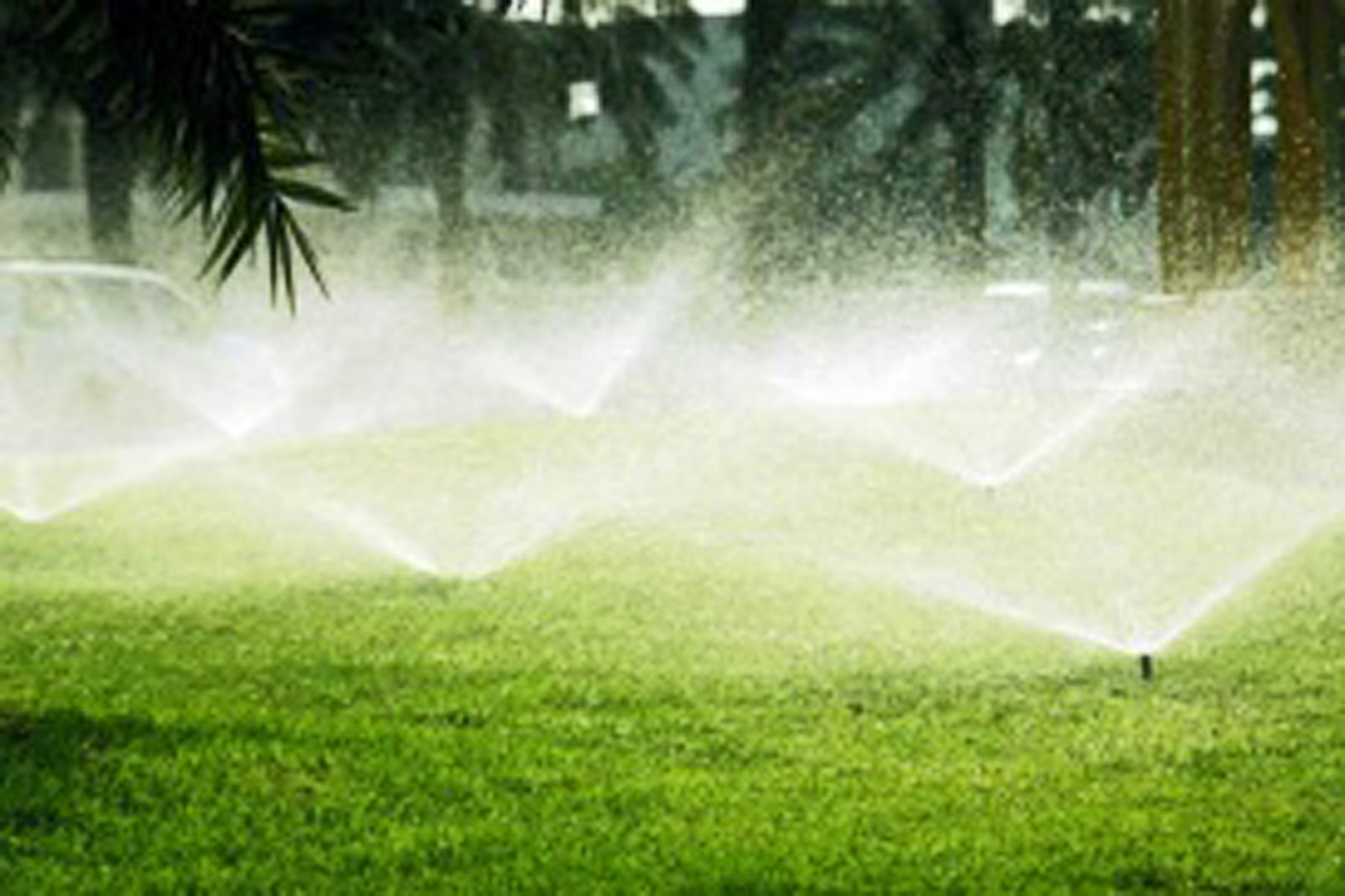

Irrigation systems play a crucial role in maintaining healthy and vibrant landscapes, gardens, and farms. Two popular methods for efficient watering are underground irrigation and drip irrigation systems. While both systems aim to deliver water directly to plants, they differ in terms of installation, water conservation, versatility, and cost. In this blog, we will explore the features, advantages, and disadvantages of both underground and drip irrigation systems, helping you make an informed decision on which method best suits your needs.
Underground Irrigation System
The underground irrigation system, also known as in-ground or traditional irrigation, has been a widely used method for watering large areas. This system involves burying pipes or tubes beneath the ground’s surface to deliver water directly to the roots of plants. Here are the key features and considerations:
- Installation: Underground irrigation systems require a significant amount of planning and labor during installation. It involves excavating trenches to lay the pipes, installing sprinkler heads or emitters, and connecting them to a water source. This installation process can be time-consuming and may require professional assistance.
- Water Conservation: While underground systems can provide efficient water distribution, they may be prone to water loss due to evaporation or wind drift. Sprinkler heads, although adjustable, may overspray or result in uneven water distribution, leading to water waste.
- Versatility: Underground systems are suitable for a variety of landscapes, including large lawns, sports fields, and agricultural areas. They are effective in covering expansive areas and are commonly used in commercial settings.
- Cost: The initial installation cost of underground irrigation systems can be higher compared to other methods. It requires purchasing pipes, sprinkler heads, valves, and a control system. However, with proper maintenance, the long-term cost can be more economical than other systems.
Drip Irrigation System
Drip irrigation is a precise and efficient method of delivering water directly to the root zone of plants. This system involves a network of tubing or hoses with emitters that release water slowly and evenly near the base of plants. Let’s explore the characteristics and benefits of a drip irrigation system:
- Installation: Installing a drip irrigation system can be simpler and more user-friendly compared to underground systems. It typically involves laying out the tubing or hoses along the desired planting areas and connecting them to a water source. Drip systems can be easily customized to fit various garden sizes and shapes.
- Water Conservation: Drip irrigation is renowned for its water-saving capabilities. By delivering water directly to the roots, it minimizes evaporation and runoff, resulting in significant water savings. The slow and consistent application of water also helps prevent oversaturation and allows for better absorption.
- Versatility: Drip irrigation systems are highly versatile and suitable for various garden sizes, including small residential gardens, raised beds, container gardens, and even potted plants. They are particularly beneficial for water-sensitive plants, slope areas, or gardens with uneven terrain.
- Cost: The initial cost of installing a drip irrigation system may be lower than that of underground systems. While it requires purchasing tubing, emitters, connectors, and a control system, the overall cost is often offset by the water savings achieved in the long run.
Choosing between an underground irrigation system and a drip irrigation system depends on various factors such as the size of the area, water conservation goals, budget, and specific plant requirements. Underground systems are suitable for larger areas and can be effective when proper maintenance is implemented. However, they may be less water-efficient and require more labor during installation.
On the other hand, drip irrigation systems excel in water conservation and provide precise and targeted watering. They are versatile, cost-effective, and ideal for gardens of all sizes. The ease of installation and customization make them a popular choice for both residential and commercial applications.
Ultimately, the decision between underground and drip irrigation systems should be based on your specific needs and priorities. Consider the size of your garden, water availability, maintenance requirements, and long-term water conservation goals. Consulting with a professional irrigation specialist can provide valuable insights and help you make an informed choice that will enhance the health and vitality of your plants while minimizing water waste.
For irrigation system installation, contact Blooms Landcare for professional service. You can reach our offices at [phone]. We’re happy to answer any questions you may have regarding proper irrigation for your lawn and garden!
